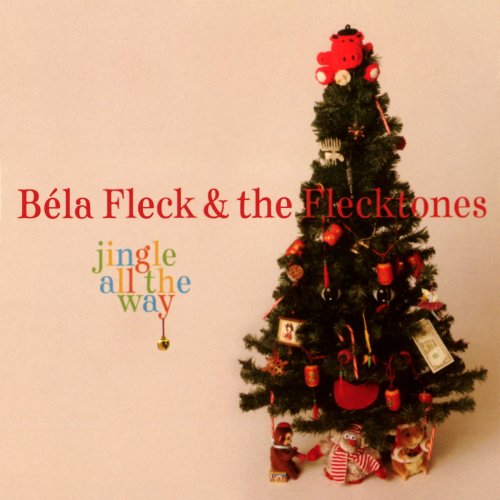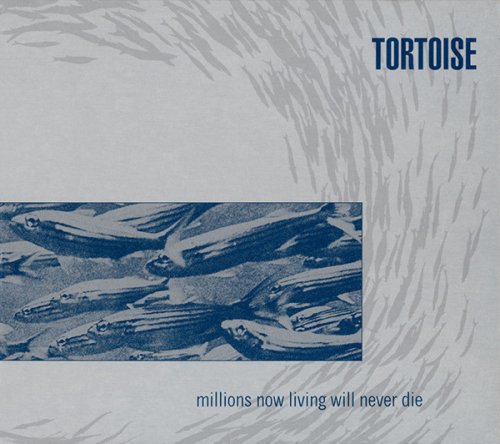Salomon Quartet - Haydn: String Quartets, Op. 33 Nos. 1-3 (On Period Instruments) (1993)
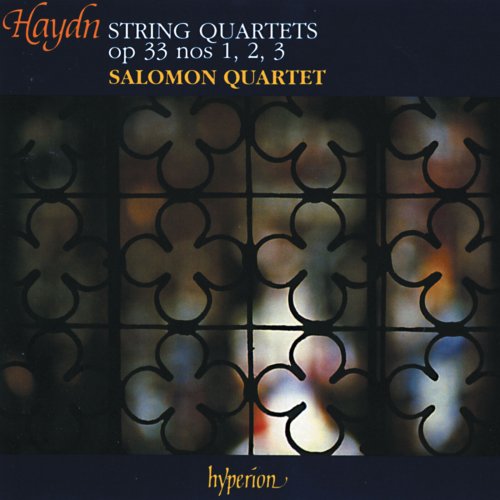
Artist: Salomon Quartet
Title: Haydn: String Quartets, Op. 33 Nos. 1-3 (On Period Instruments)
Year Of Release: 1993
Label: Hyperion
Genre: Classical
Quality: flac lossless (tracks) +Booklet
Total Time: 01:07:45
Total Size: 327 mb
WebSite: Album Preview
TracklistTitle: Haydn: String Quartets, Op. 33 Nos. 1-3 (On Period Instruments)
Year Of Release: 1993
Label: Hyperion
Genre: Classical
Quality: flac lossless (tracks) +Booklet
Total Time: 01:07:45
Total Size: 327 mb
WebSite: Album Preview
01. String Quartet in B Minor, Op. 33 No. 1: I. Allegro moderato
02. String Quartet in B Minor, Op. 33 No. 1: II. Scherzando. Allegro
03. String Quartet in B Minor, Op. 33 No. 1: III. Andante
04. String Quartet in B Minor, Op. 33 No. 1: IV. Finale. Presto
05. String Quartet in E-Flat Major, Op. 33 No. 2 "The Joke": I. Allegro moderato, cantabile
06. String Quartet in E-Flat Major, Op. 33 No. 2 "The Joke": II. Scherzo. Allegro
07. String Quartet in E-Flat Major, Op. 33 No. 2 "The Joke": III. Largo sostenuto
08. String Quartet in E-Flat Major, Op. 33 No. 2 "The Joke": IV. Finale. Presto
09. String Quartet in C Major, Op. 33 No. 3 "The Bird": I. Allegro moderato
10. String Quartet in C Major, Op. 33 No. 3 "The Bird": II. Scherzo. Allegretto
11. String Quartet in C Major, Op. 33 No. 3 "The Bird": III. Adagio
12. String Quartet in C Major, Op. 33 No. 3 "The Bird": IV. Rondo. Presto
On 3 December 1781 Joseph Haydn dictated to his secretary a round robin letter inviting subscriptions to a new set of string quartets. The price was to be six ducats for a set of manuscript parts 'correctly copied', and Haydn assured his correspondents (surviving copies of the letter are addressed to the Swiss writer Johann Caspar Lavater in Zürich, Prince Krafft Ernst Oettingen-Wallerstein, and the Abbot of Salmannsweiler Abbey) that the new works were 'written in a new and special way', and that he had not written any quartets for ten years. The canny composer made the offer more attractive to his 'noble subscribers who live abroad' by promising them that they would receive their copies before the works were published in Vienna. In the event, Haydn's publisher Artaria upset his plan by announcing them to the Viennese public before all the manuscript copes had been sent out, much to the composer's fury. In a letter written on 4 January 1782 Haydn told them that 'such a proceeding places me in a most dishonourable position and is very damaging; it is a most usurious step on your part', and added that it had cost him more than fifty ducats. Things were eventually smoothed over and the Quartets were finally published on 17 April at the much lower price of four gulden, which explains Haydn's anger: he was afraid that his 'noble subscribers' would feel that they had been swindled, and indeed several of them seem to have complained.
The new Quartets, now know as Opus 33, were dedicated to the Russian Grand Duke Pavel Petrowich (1754-1801), hence their collective nickname. The Grand Duke, who evenutally became Tsar Paul I, was passing through Vienna on the Grand Tour with his wife, lightly disguised as the Count and Countess 'von Norden' (of the North). On Christmas Day 1781 the 'countess' gave a quartet concert in her Viennese apartments of music by Haydn. It almost certainly included the first public performance of the Quartets. The 'illustrious audience' received them with 'gracious applause' and presented the composer and the players, who included Luigi Tomasini, Haydn's leader at Eszterháza, and the composer Franz Aspelmayr, with gold snuff-boxes.
Opus 33 was a great success for Haydn. It was rapidly taken up and re-published in other European capitals, by Hummel in Berlin, by Schmitt in Amsterdam, by Napier and Forster in London, by Guera in Lyons, and by Le Menu and Boyer and then by Sieber in Paris. The order of the Quartets varies in these early editions, perhaps because those publishers who had acquired them unauthorised wished to conceal the fact that their editions were simply pirated. The order in modern editions (and in this recording) follows that established by Ignaz Pleyel for his great collected edition of Haydn's Quartets in parts and miniature score, begun in 1801, which probably had the approval of the aged composer.
Scholars have argued for nearly a century about what Haydn meant when he described Op 33 as 'written in a new and special way'. The German scholar Adolf Sandberger, writing in 1899, thought that it referred to the composer's mastery of 'motivische Arbeit' (motivic technique), though others later pointed out that motivic writing is present in the symphonies of the 1770s, and of course the great Opus 20 Quartets on 1772 (recorded on ) already show his mastery of a conversational dialogue style, based on the equal exchange of motives between the instruments; it eventually became the hallmark of Haydn's quartet style. What is generally agreed, however, and what Haydn probably had in mind, is that the Op 33 Quartets are written in a light popular style, with folk-like tunes and a number of humorous effects. This was something new for Haydn, and represented a partial return to the style of his youth. In the 1750s and '60s there were two quartet idioms in Austria. A serious one, derived from the Italian concerto a quattro, is characterised by Baroque harmonies, elaborate counterpoint, and independent writing for the four instruments, while the other, lighter and more popular, tends to have simple harmonies, homophonic textures, 'orchestral' doubling of the tune and bass, and simple folk-like tunes. Haydn initially preferred the latter (he described all his quartets before Op 33 as 'divertimenti'), but gradually incorporated more and more serious elements. Two of the Op 20 Quartets are in the minor, two of them end with elaborate fugues, and all of them have prominent passages of free counterpoint.
In Op 33 all this 'drama, vehemence and weight', to quote Paul Griffiths, were 'displaced as priorities by Haydn's greatest musical asset, namely wit' (The String Quartet, 1985, p 39). The most obvious witty features are a number of musical jokes, hence the alternative nickname 'Gli scherzi' ('The Jokes') for the set — though in all but one of the Quartets the conventional Minuets are also replaced by light rapid movements called 'Scherzo' or 'Scherzando'. No 2, 'The Joke', ends with a strange passage in which the tune, a conventional rondo theme in hunting style, dissolves into stuttering, broken phrases. Just as the audience begins to clap, the players slip in a pianissimo repeat of the first two bars. No 3 seems to have become known as 'The Bird' because of the twittering grace notes in the first movement, and perhaps because the main theme comes fluttering to earth; the birds return in the trio of the Scherzando. The nickname 'How do you do?' seems to have been given to No 5 by English-speaking musicians as a mnemonic for the opening motive of the first movement, though the real joke is the way it starts on a dominant rather than a tonic chord. Haydn uses it in a most sophisticated way to generate much of the melodic material for the movement. Another Quartet that starts in the 'wrong' key is No 1, which sounds like a work in D major for a few bars; the real key, B minor, is only established properly in bar 11. Haydn developed this witty, jocular style further a few years later in his 'Paris' and 'London' Symphonies.
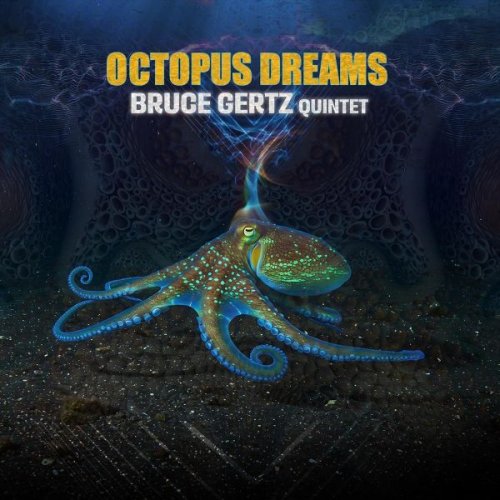
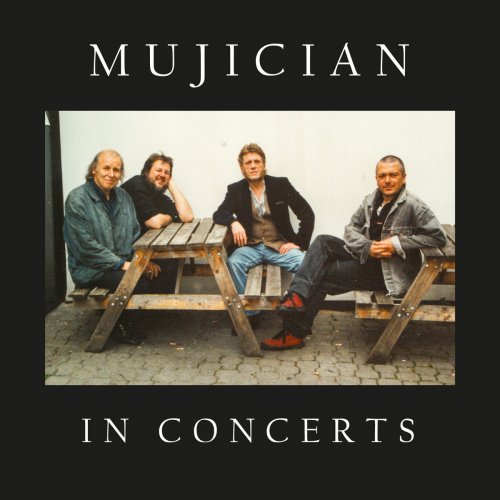
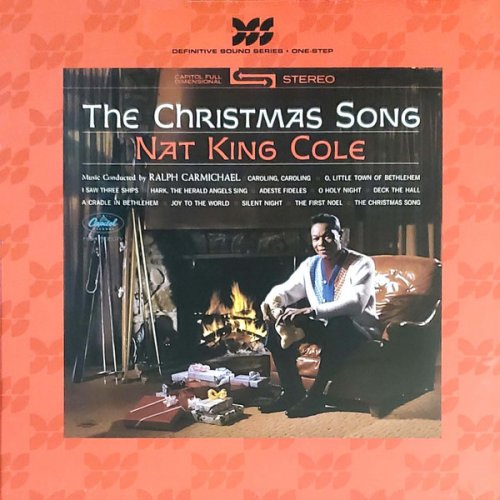

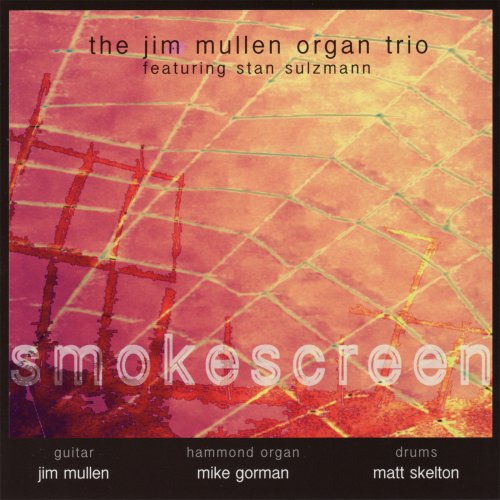
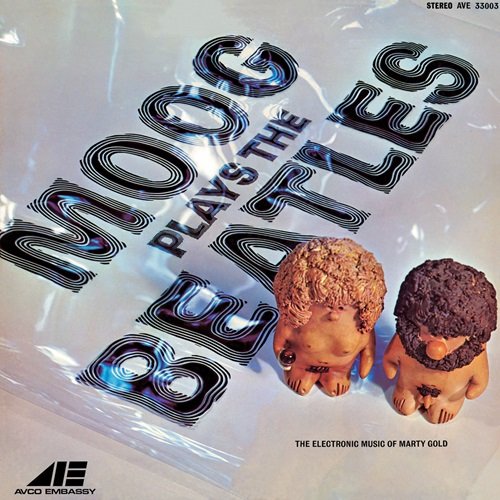
![The Eddie Higgins Trio, Nicki Parrott & Massimo Farao' - WINTER JAZZ SELECTION - Jazz at home (2023) [Hi-Res] The Eddie Higgins Trio, Nicki Parrott & Massimo Farao' - WINTER JAZZ SELECTION - Jazz at home (2023) [Hi-Res]](https://www.dibpic.com/uploads/posts/2025-12/1766736943_jah500.jpg)
